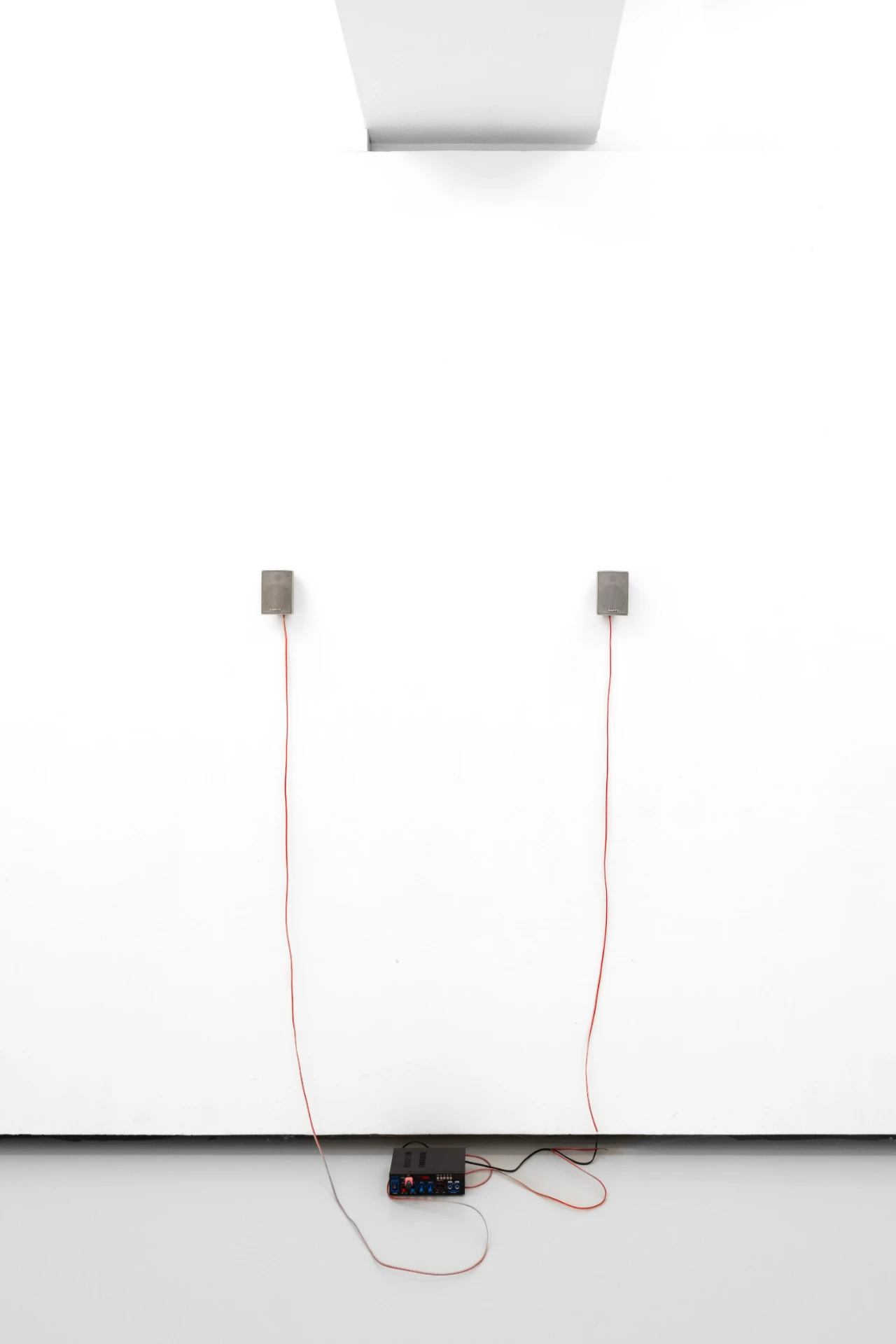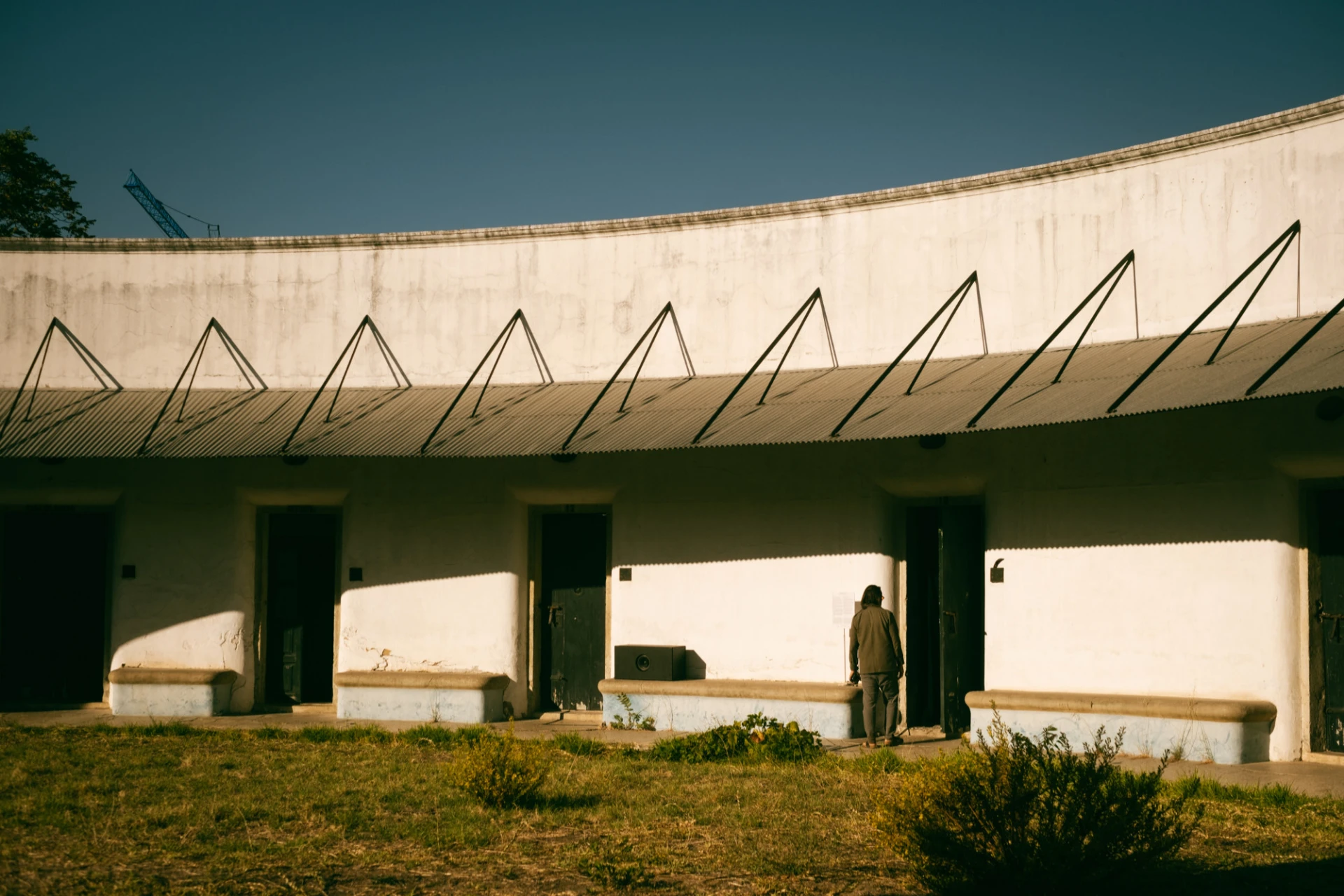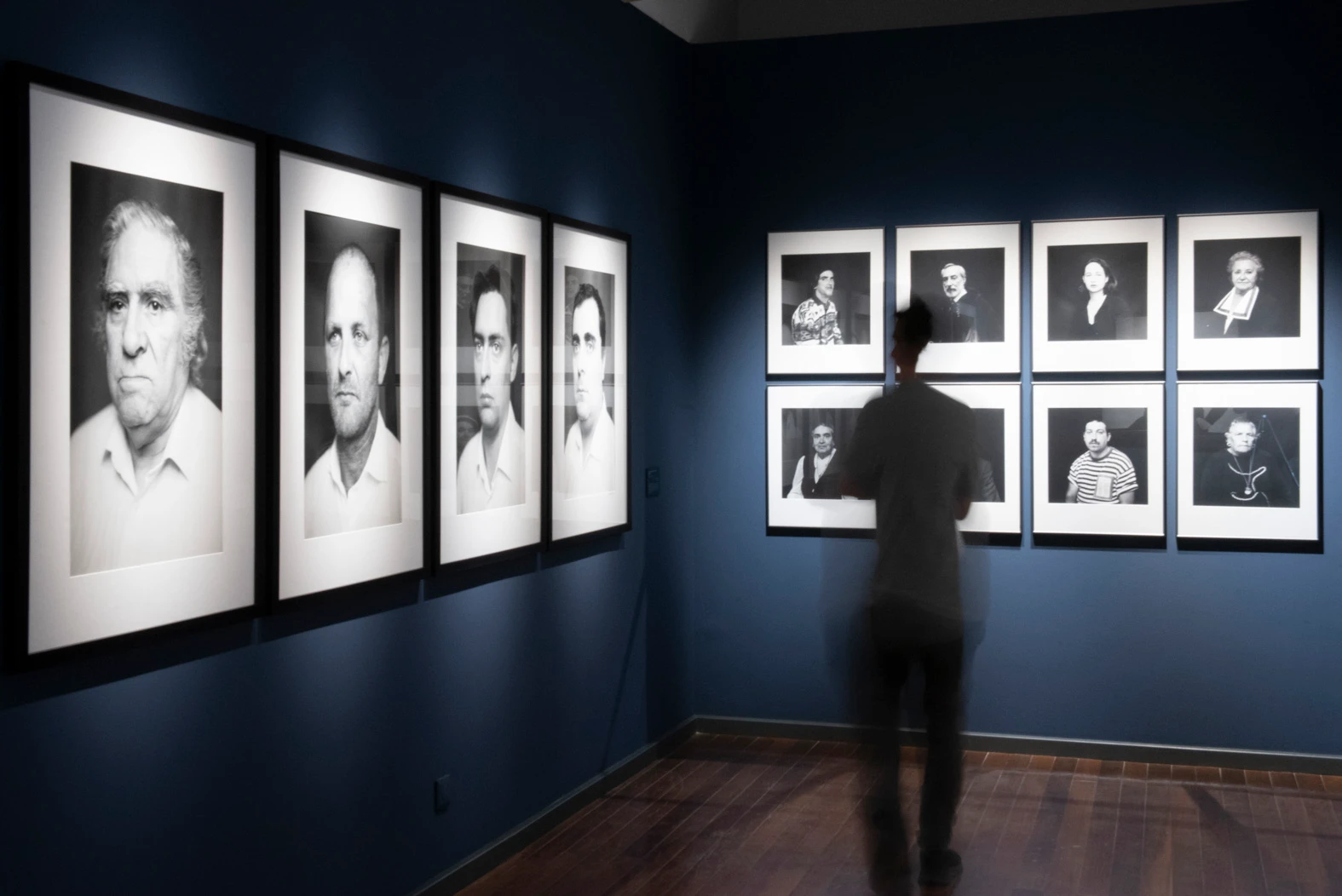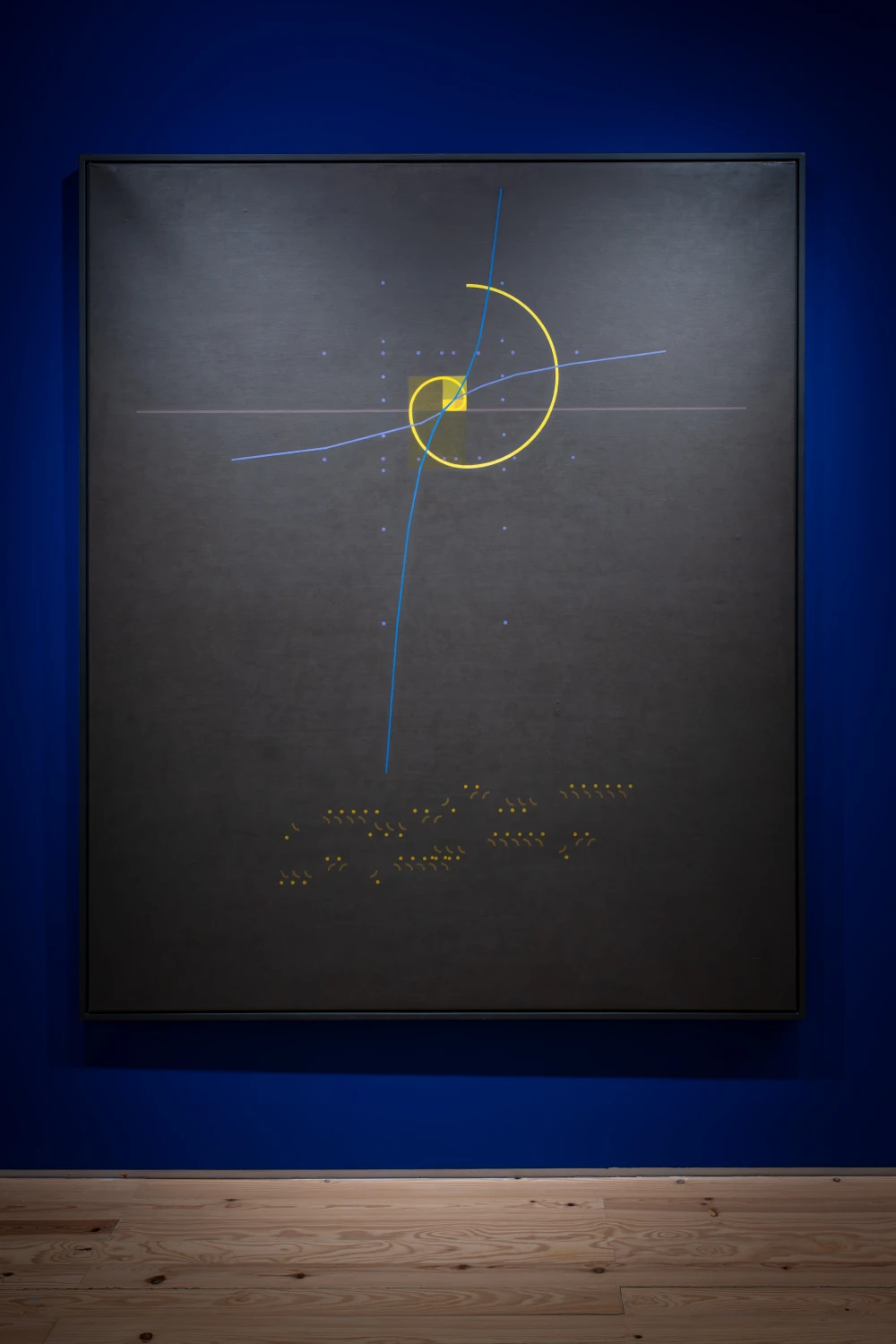article
Lisboa Soa: O Ar que Circula (Colective Sound Art Exhibition)
Lisboa Soa – a sound art, ecology, and auditory culture festival – staged this year's program between the Miguel Bombarda Hospital Gardens and Mitra Santa Casa in Lisbon. These spaces draw particular attention to mental health issues, as the first is known as the oldest psychiatric hospital in the country, while the latter is understood to be the former Lisbon almshouse, which was later converted into a psychiatric hospital.
It was within this context, and with an awareness of these places' past, that I visited the Miguel Bombarda Hospital Gardens for the collective sound art exhibition O Ar que Circula (The Air that Flows), curated by Raquel Castro, which seeks to formulate a “pan-acoustic” idea where sound can replace vision as a means of connecting interior and exterior, transforming a once-enclosed area into a place of shared and collective listening.
As we know, psychiatric care during the 19th century was abusive and highly coercive, particularly violent towards women, and this is immediately apparent when walking around the grounds. An intense gloom, made up of ruined buildings, barred windows, tall grass swaying in invisible gusts, flocks of birds fluttering across the rooftops. I hear the guide say “66,000 patients passed through here.” I think to myself: “How can sound configure, allude to, reveal, and expand the intermittences of the human psyche? Of all these people?” The atmosphere is heavy, hypnotic, ghostly. I try to take it all in; the guide now sounds distant: “Surveillance... Coercion... Punishment... Redemption.” I pause at the last word; I find nothing redemptive here. We continue walking.
Although there is a strict protocol governing access to the hospital facilities—which are privately owned and in ruins—it is possible to peek through the broken windows and broken doors and, in the darkness, find traces, clothes, chairs, and utensils that, in their silence, petrify us and demand attention be paid to the history they bear. It was during this guided, safe, and formal tour (which, I confess, made me want to sneak away and explore this place further) that I arrived at the installation. Still pondering the rhetorical question, the tour ended at the infamous security pavilion, commonly known as the panopticon. The installation was there.
Faced with the panopticon's brutal austerity, inspired by Bentham's model, part of a select group of only six similar buildings in the world, and the sole one with an open courtyard, one can see an architectural design of circular control that allows for the permanent surveillance of prisoners, with a watchtower once standing at its center. Immediately apparent is the site-specific creation by Tomás Quintais, Ecos Desencontrados #1: Pós-Silêncio?. A set of six passive columns, built by the sound artist, is precisely based on the panopticon benches on which they rest. Ghostly sounds, echoes of confinement, seem to want to manifest the absent bodies, the spirits that perhaps still wander this place.
Then, attention shifts towards the open spaces: cells, washbasins, a small dining room, emitting sounds that entice us to enter. Life Entangled: The Secret Story of Shellac by Yasuhiro Morinaga and Robert Millis presents what appear to be two washbasins covered in plants in a dark room bathed in shades of blood red. Through multi-channel sound compositions, created with field sounds, electronics, a gramophone, and a voice-over by Claudia Efe, the red world of Kerria Lacca is recreated, a small insect in charge of producing shellac, the main material used in the manufacture of 78 rpm records during the 20th century.
Nearby, a small cubicle houses cavernous sounds, rocky echoes produced by sound artist Vittoria Assembri, who, with Volcanoe’s Noise, conjures up a series of sonic explosions, lulls, and dormant moments characteristic of seismic and volcanic life. Using different materials such as hydrophones, tape recorders, and pyroclastic rocks, it reflects on earth's strength and fragility. Two ancient, enormous stone bathtubs are found in one of the recesses, and in the next entrance, the aquatic theme continues in Slow Dance by Inês Tartaruga Água and Xavier Paes, an audiovisual sound composition in which loudspeakers, lanterns, mirrors, and glass transform sound energy into light power, watery vibrations, and undulating images that arise through the act of listening.
Lastly, in what appears to have been the meeting room and cafeteria, there are two installations by Inês Mendes Leal: Som a Soprar and Fog Horn. The first consists of a low-frequency loudspeaker mounted on an air cone and wind vane, seeking to establish a relationship between sound and air vibration, which, through the wind vane, also becomes visually discernible. Fog Horn, in turn, makes use of a turntable, stage monitors, and a frequency loop understood as a warning signal in lighthouses, to perpetuate a feeling of fear and unresolved anxiety.
Installed at the Panóptico dos Jardins do Hospital Miguel Bombarda and part of the Lisboa Soa program, which ran from October 11 to 19, the exhibition O Ar que Circula (The Air that Flows) was conceived with the resonances of the surveillance pavilion in mind, challenging the past's imposed and doctrinal silence, creating sound convergences that establish a new dialogue with this place's deeply felt presence.
UMBIGOLAB LINKS
ADVERTISING
Previous
agenda
-kbzk9.jpg)
20 Oct 2025
Drawing Room Lisboa returns to the Sociedade Nacional de Belas Artes from October 23 to 26
By Umbigo
Next
article

21 Oct 2025
Senha Z 672, by Luísa Cunha
By Maria Brás Ferreira
Related Posts



